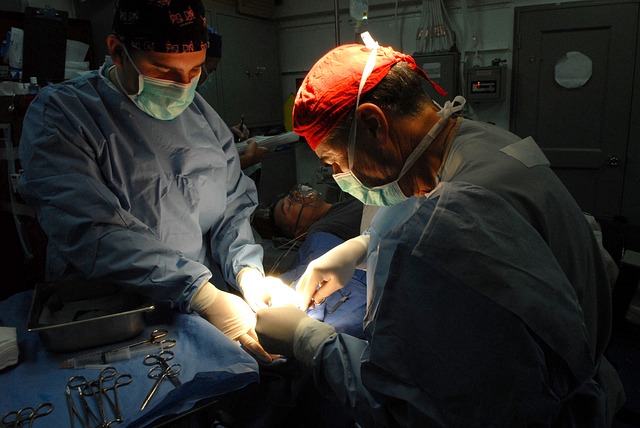3 Lessons From An Alarming Case Of Mistaken Cancer Gene Test Results And Surgery
By Elaine Schattner,
Forbes
| 10. 29. 2017
A horrifying story broke last week about a 36-year-old Oregon woman who had elective surgery to remove her uterus and breasts. Elisha Cooke-Moore underwent a prophylactic total hysterectomy and bilateral mastectomy, with nipple-sparing reconstruction and implants, after medical practitioners informed her she had cancer-causing genes. Only later, she learned she didn’t have the abnormality about which she’d been informed. There’s a lawsuit.
As reported in The Washington Post, Cooke-Moore expressed concerns to a doctor about her family’s cancer history before getting tested for mutations in BRCA-1, BRCA-2 and related genes in 2015. A nurse practitioner reviewed the results and erroneously told her she had Lynch syndrome because of an MLH1 mutation. BRCA testing was “negative.” It’s not clear if any doctor directly reviewed the lab report. An obstetrician-gynecologist informed Cooke-Moore that her chances of developing breast cancer were 50% and for uterine cancer up to 80%. In 2016, at least two surgeons operated.
Cooke-Moore discovered the mistake while looking over her medical records: The MLH1 result was “negative,” she noted in 2017. “I am damaged for the rest of my...
Related Articles
By Emily Glazer, Katherine Long, Amy Dockser Marcus, The Wall Street Journal | 11.08.2025
For months, a small company in San Francisco has been pursuing a secretive project: the birth of a genetically engineered baby.
Backed by OpenAI chief executive Sam Altman and his husband, along with Coinbase co-founder and CEO Brian Armstrong, the startup—called...
By Jessica Hamzelou, MIT Technology Review | 11.07.2025
This week, we heard that Tom Brady had his dog cloned. The former quarterback revealed that his Junie is actually a clone of Lua, a pit bull mix that died in 2023.
Brady’s announcement follows those of celebrities like Paris...
By Emily Mullin, Wired | 10.30.2025
In 2018, Chinese scientist He Jiankui shocked the world when he revealed that he had created the first gene-edited babies. Using Crispr, he tweaked the genes of three human embryos in an attempt to make them immune to HIV and...
Public domain portrait of James D. Watson by Cold Spring Harbor Laboratory
and the National Human Genome Research Institute on Wikimedia Commons
James Watson, a scientist famous for ground-breaking work on DNA and notorious for expressing his antediluvian opinions, died on November 6, at the age of 97. Watson’s scientific eminence was primarily based on the 1953 discovery of the helical structure of DNA, for which he, Francis Crick and Maurice Wilkins shared the 1962 Nobel Prize in Physiology or...




